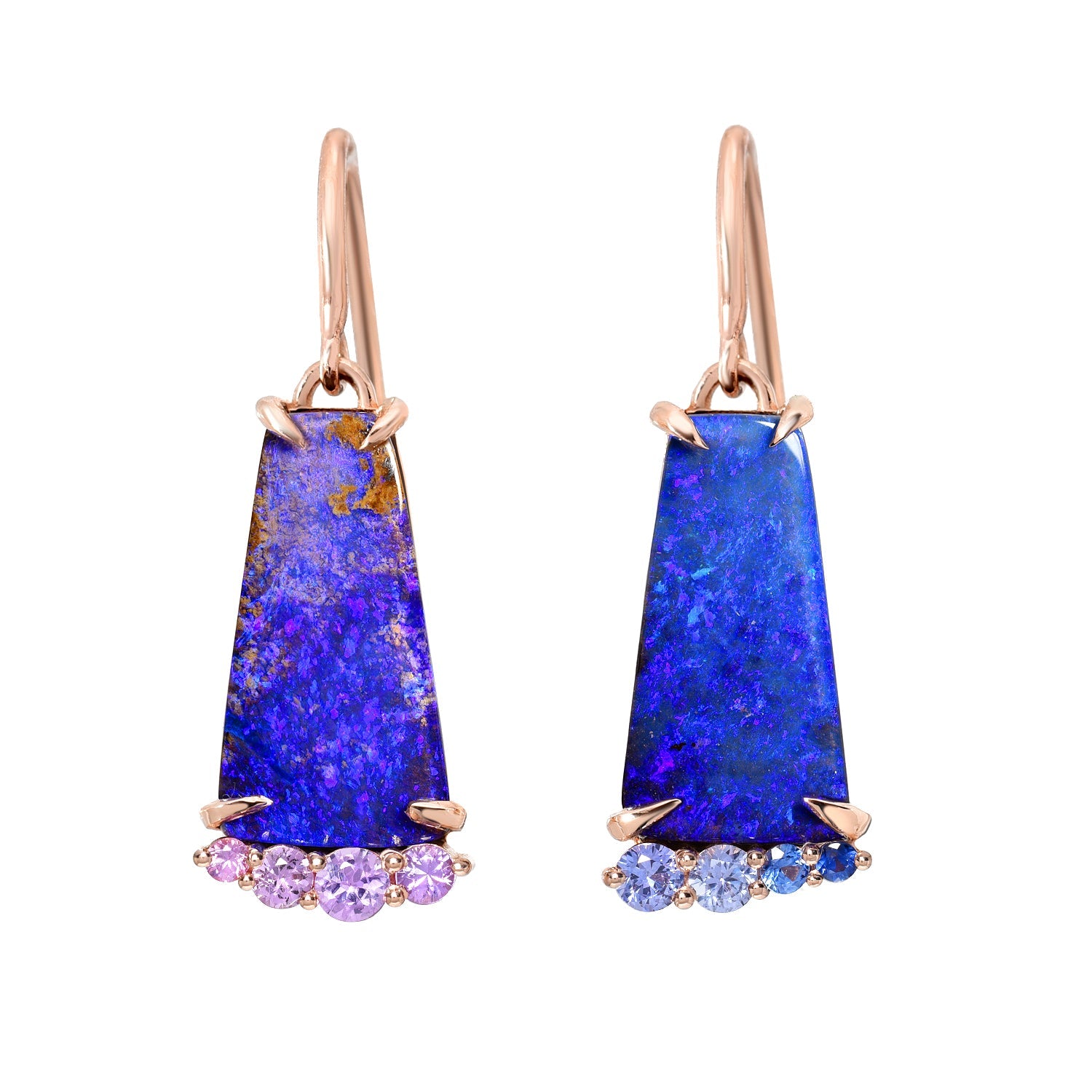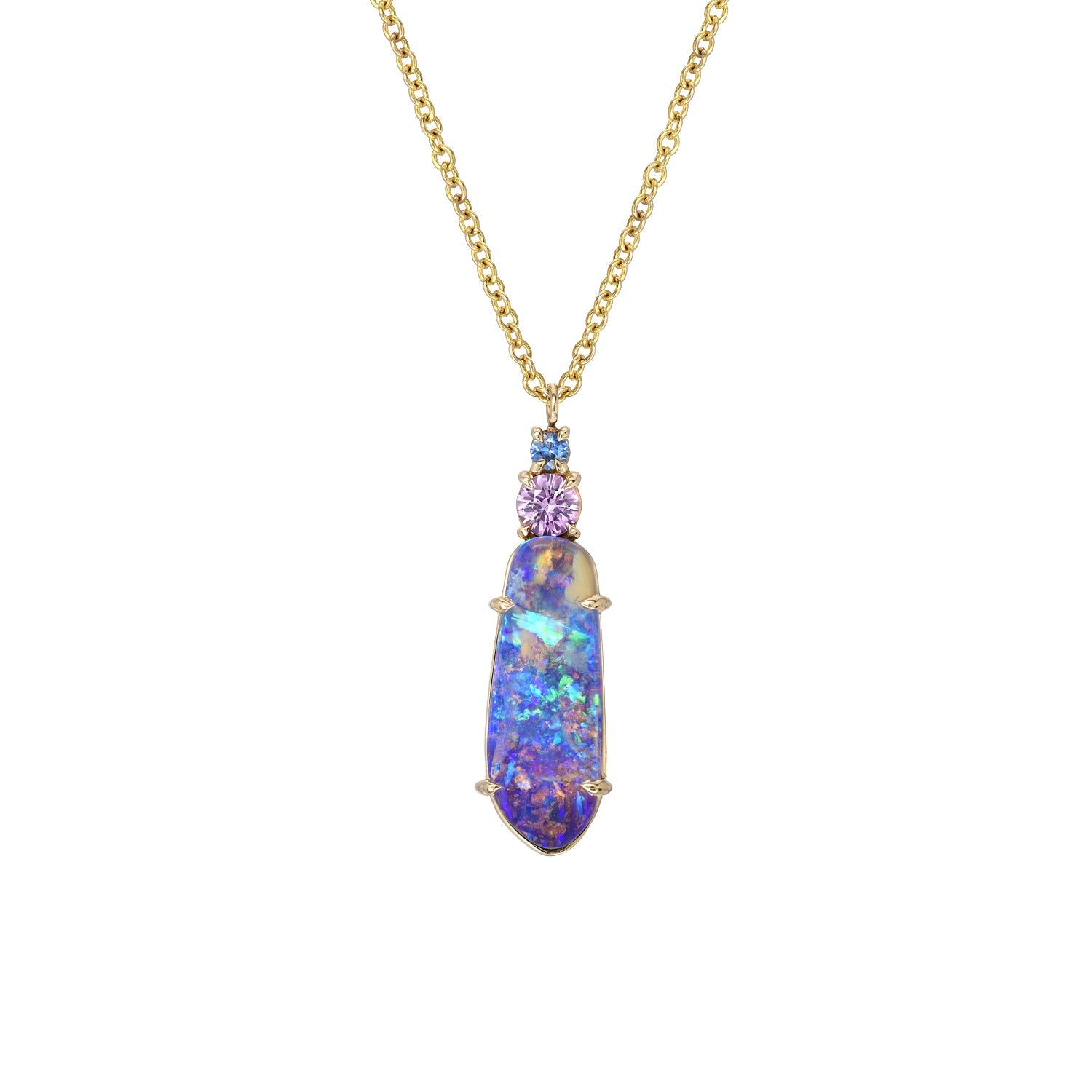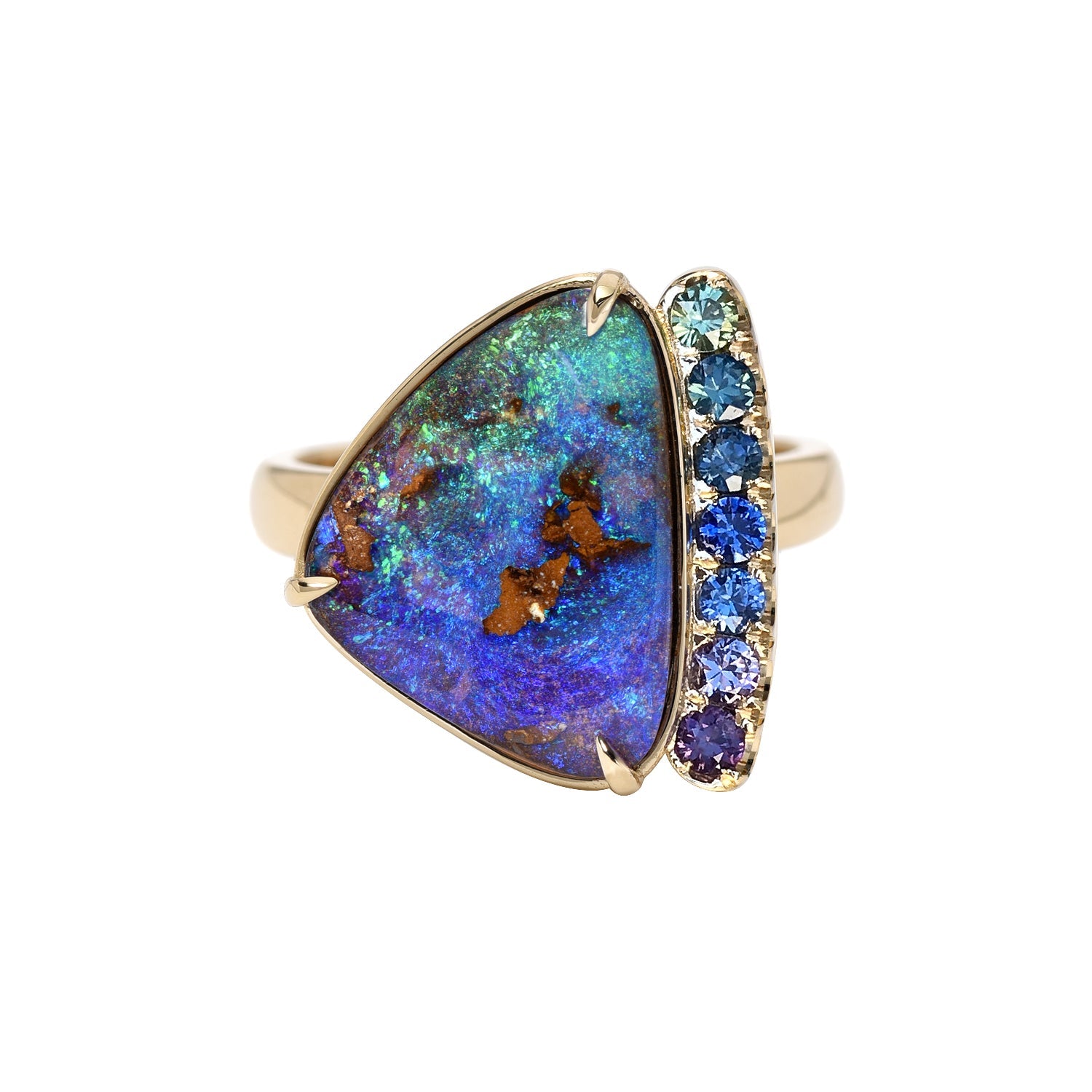
Chaos or calm ... There's Beauty in Both
nicole gluckmanShare
The sea is both a place of chaos and calm. And not just the water itself but the beings within it. From Poseidon to pufferfish, the pendulum can quickly swing from tranquil and serene to eerily tempestuous.
Perhaps the most revered and feared of all mythical sea beings was the Greek god Poseidon — god of the sea, and also of earthquakes and oddly, horses. With an unpredictable, often violent, temperament, one never knew when he might stir up a storm or strike the earth with his trident, earning him the nickname, Earth-Shaker. No wonder the ancient Greeks steered clear of anything that might upset him, offering gifts in hopes of mollifying the frequency and severity of his outbursts.

But Poseidon isn’t the only sea dweller known for shaking things up below the surface. Pufferfish have been observed to be just as moody, and many of their fellow inhabitants watch for the telltale signs that they are about to blow. And we mean that literally, as pufferfish do exactly what their name suggests when they feel threatened.
While they look cute and innocent when going about their usual business — like resting in caves by day and hunting snails and clams at night — irritate them and they’ll transform into an aberrant mass two to three times their normal size. They do this by quickly ingesting large amounts of water into their stretchy stomachs made of collagen fibers — a process known as buccal pumping — becoming a large spiked sphere, much like their porcupine fish relatives. Devoid of ribs, their *puffability* is enhanced and impressive.

The scene is enough to scare away most underwater creatures, although it’s more show than bite and causes more harm to themselves than to passersby. In fact, it’s quite taxing on pufferfish and requires a proper rest period after the show is over. Still, those that come too close risk getting poked by the sharp dermal spines or bit by their four, beak-like teeth that continuously grow throughout their lifetime. No wonder they file their teeth by nibbling on rocks and the shells of their prey — they otherwise develop overbites.

But the real danger lies within pufferfish — more specifically, in the toxin (tetrodotoxin, or TTX) produced by several of their organs. TTX is 1,000 times more potent than cyanide and causes paralysis in muscles critical for breathing. It’s believed that the brighter colored the fish, the more potent the toxin. Unlike venom, it’s not delivered to foes by way of a bite or injection but instead by ingestion. There are a few animals such as sharks and Blue Ringed Octopuses that are immune to TTX (the BR Octopus even stores TTX in its own glands) - but not many. Some daring humans willingly consume a Japanese delicacy called fugu (AKA pufferfish sashimi). Even if served by a chef licensed to prepare it, knowing that a single pufferfish contains enough toxin to kill 30 humans is enough to give it a second thought.

We’ve never come face to face with a mad god clenching a trident or a turgid pufferfish but if we did, we imagine it happening in a seething sea — much like the fervent one seen in our Poseidon's Realm ring. The Australian boulder opal’s deep blues and marine greens mirror the sea's mood — calm one moment, swirling with frenzied energy the next … much like life, where the ups and downs are what make it interesting and help us keep things in perspective.

Image credits:
Poseidon Statue - by lqiuz, pixabay
Pufferfish - THIERRY EIDENWEIL, Getty Images
Guineafowl Pufferfish showing its teeth - ViliamM, Getty Images
Fugu (pufferfish sashimi) - MiriamPolito, Getty Images



